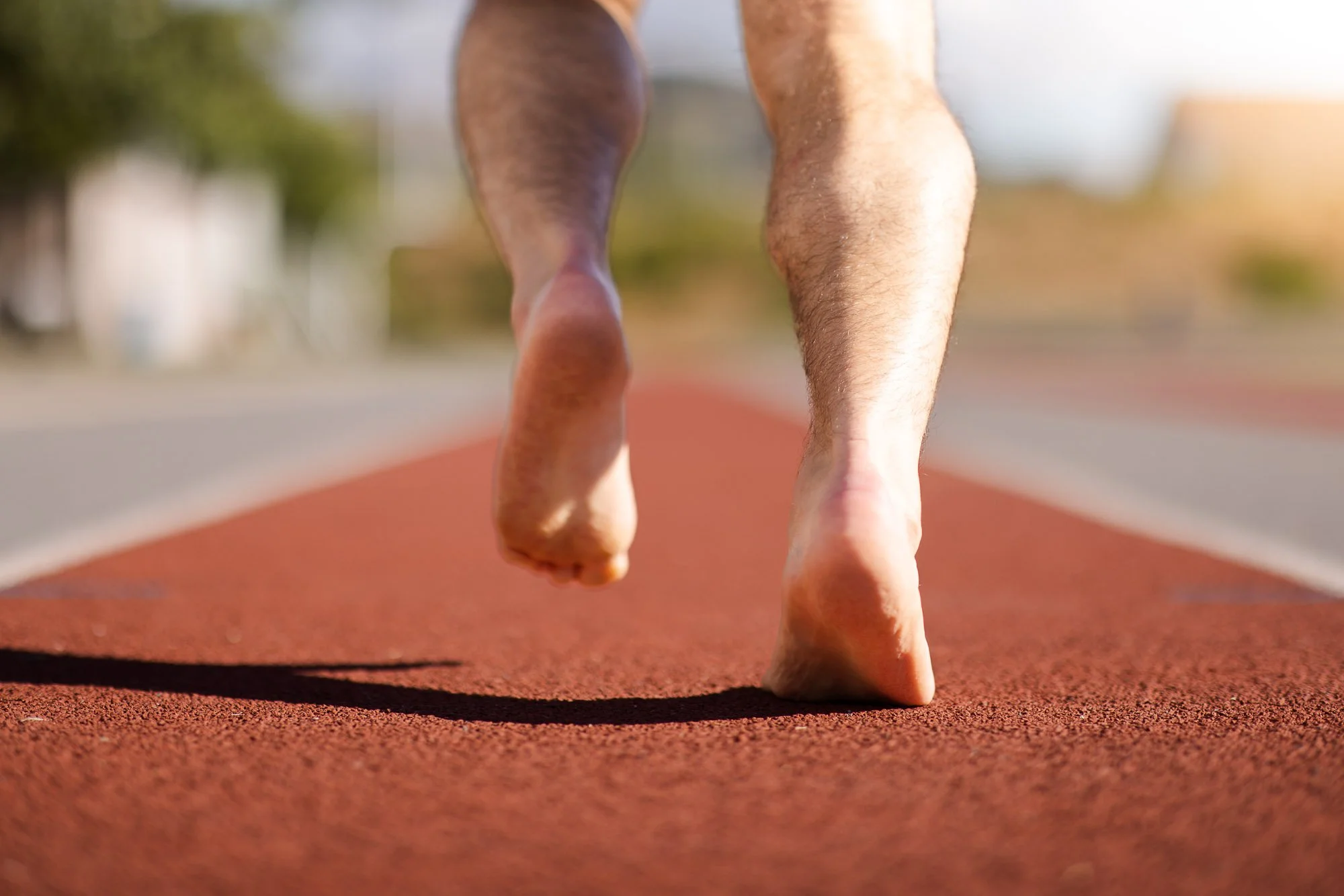
Spooky Physio Myths… Busted!
Written by Bea Francisco, BKin, MSc, MPT
👻 Don’t get tricked by spooky physiotherapy myths!
Our team is here to treat you with the facts. 💪
This Halloween, we are busting some spooky physio myths! 👻 From flat feet to ice and ankle sprains, our team at MoveMed Physiotherapy separates fact from fiction, with research to prove it.
🎃Myth #1: “Heavy lifting is bad for runners.”
BUSTED!
Heavy, slow resistance training actually improves running performance — not harms it! Research shows that it can increase VO₂ max, running economy, and time trial performance by 3–5%.
Even better, heavy resistance training with near-maximal loads (>90% of your one-repetition maximum) produces greater improvements than lower-load training. That means lifting heavy can make you a stronger, more efficient runner.
📚 Reference:
Eihara et al. 2022. Heavy resistance training versus plyometric training for improving running economy and running time trial performance: A systematic review and meta-analysis. Sports Medicine-Open, 8(1), 1-21. DOI: 10.1186/s40798-022-0051101
💬 Our physiotherapist Rob Sullivan has a background in strength and conditioning, with a special interest in strength sport injuries. He’s passionate about helping runners and athletes get strong, stay injury-free, and perform at their best.
🎃Myth #2: “Flat feet cause injuries.”
BUSTED!
Foot posture type, whether flat feet, high arches, or neutral, is not associated with higher rates of injury. This long-standing myth has been thoroughly debunked by research.
If you have flat feet (or high arches), don’t worry - you do not need to “fix” them. But if you’re experiencing foot pain, our physiotherapists can help identify the real source of your discomfort and build a personalized plan to get you moving comfortably again.
📚 Reference:
Peterson B, Hawke F, Spink M, Sadler S, Hawes M, Callister R, Chuter V. Biomechanical and Musculoskeletal Measurements as Risk Factors for Running-Related Injury in Non-elite Runners: A Systematic Review and Meta-analysis of Prospective Studies. Sports Med Open. 2022 Mar 7;8(1):38. doi: 10.1186/s40798-022-00416-z. PMID: 35254562; PMCID: PMC8901814
💬 Sydney McNulty, one of our physiotherapists at MoveMed Physiotherapy, has a special interest in foot and lower limb pain, helping people find comfort, confidence, and strength with every step.
🎃Myth #3: “You need to ice an ankle sprain”
BUSTED!
Ankle sprains do not need ice, and research shows that icing can actually slow down the body’s natural healing process.
Instead, follow the PEACE & LOVE principles for soft tissue injury recovery: gentle movement, gradual loading, and a positive mindset all help your tissues heal stronger and faster.
📚 Reference:
Dubois B, Esculier J. Soft-tissue injuries simply need PEACE and LOVE. British Journal of Sports Medicine. 2020;54:72-73.
If you are recovering from an ankle sprain or other soft tissue injury, our physiotherapists can guide you through safe, evidence-based rehab to get you back on your feet.
💬Fun fact: our cofounder and physiotherapist JF Esculier co-authored this article, published in the #1-ranked sports medicine journal in the world!
🎃Myth #4: “Pain means damage”
BUSTED!
Pain does not necessarily mean you have injured yourself. Modern pain science shows that pain is not a reliable indicator of tissue damage, it is more like a protective signal that your body sends when it feels threatened.
That means you can have pain without injury, and injury without pain. Understanding this helps reduce fear and improve recovery.
📚 Reference:
Moseley GL, Butler DS. Fifteen Years of Explaining Pain: The Past, Present, and Future. J Pain. 2015 Sep;16(9):807-13. doi: 10.1016/j.jpain.2015.05.005. Epub 2015 Jun 5
💬Kaz Kikuchi, one of our physiotherapists, has a special interest and extra training in working with people living with persistent or chronic pain - helping them understand their pain and move with confidence again.
🎃Myth #5: “Breastfeeding increases injury risk”
BUSTED!
A recent retrospective survey of 590 postpartum individuals found that while 22% reported a musculoskeletal injury in the first year after childbirth, breastfeeding was not associated with increased injury risk.
So what did increase the risk?
1. A history of eating disorders increased injury risk by 276%.
2. Reducing training volume by ≥50% in the first or second trimester increased risk by 189%.
Maintaining pre-pregnancy activity levels and proper fueling may actually help reduce injury risk after childbirth.
📚 Reference:
Jones PAT, Brockwell E, Hassan A, et al. Breastfeeding-injury link: are concerns warranted? British Journal of Sports Medicine Published Online First: 10 August 2025. doi: 10.1136/bjsports-2024-10931
💬 Bea Francisco, our orthopaedic and pelvic health physiotherapist, has a special interest in pregnancy and postpartum care, helping individuals stay active, manage symptoms, and recover confidently after childbirth.
Don’t Get Tricked by Spooky Physio Myths!
All five myths? BUSTED - and backed by science!
It’s rare to find a physiotherapy clinic whose team consistently contributes to top-tier research — but at MoveMed Physiotherapy, evidence-based care is at the heart of everything we do.
Whether you are dealing with pain, training for a race, or rebuilding strength, our team will help you move better, recover smarter, and stay informed with trusted, science-backed advice.
Knowledge (and Movement) is Medicine






